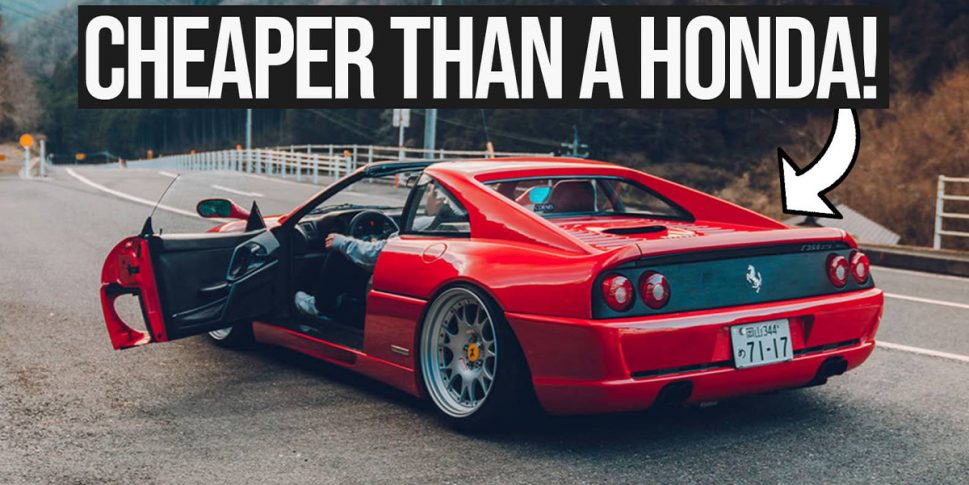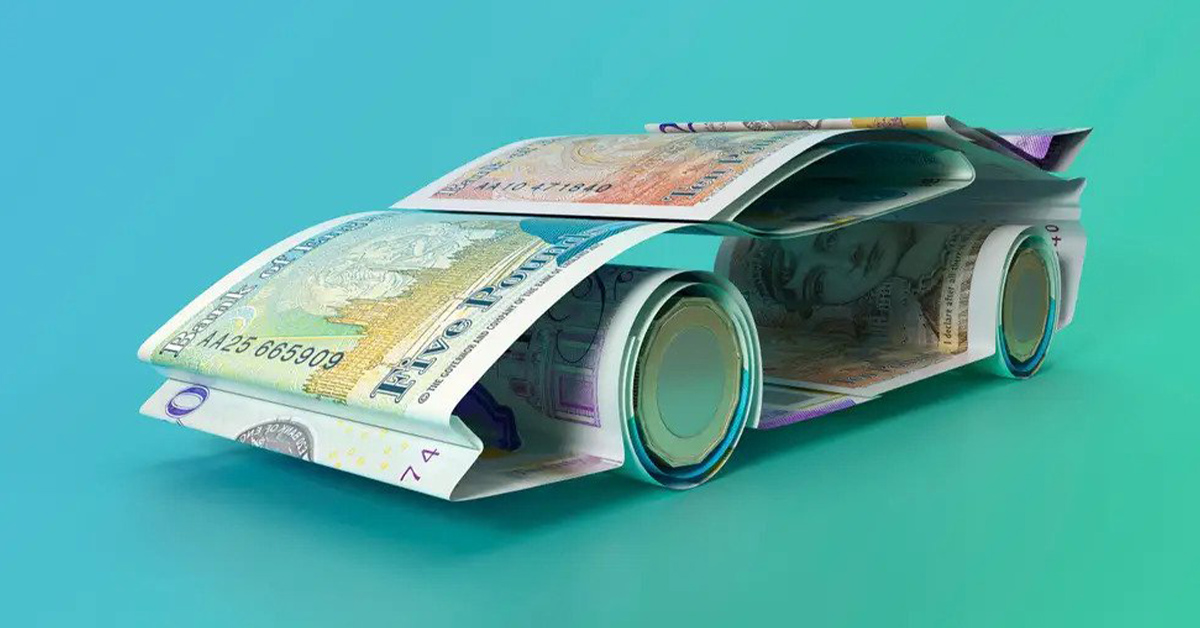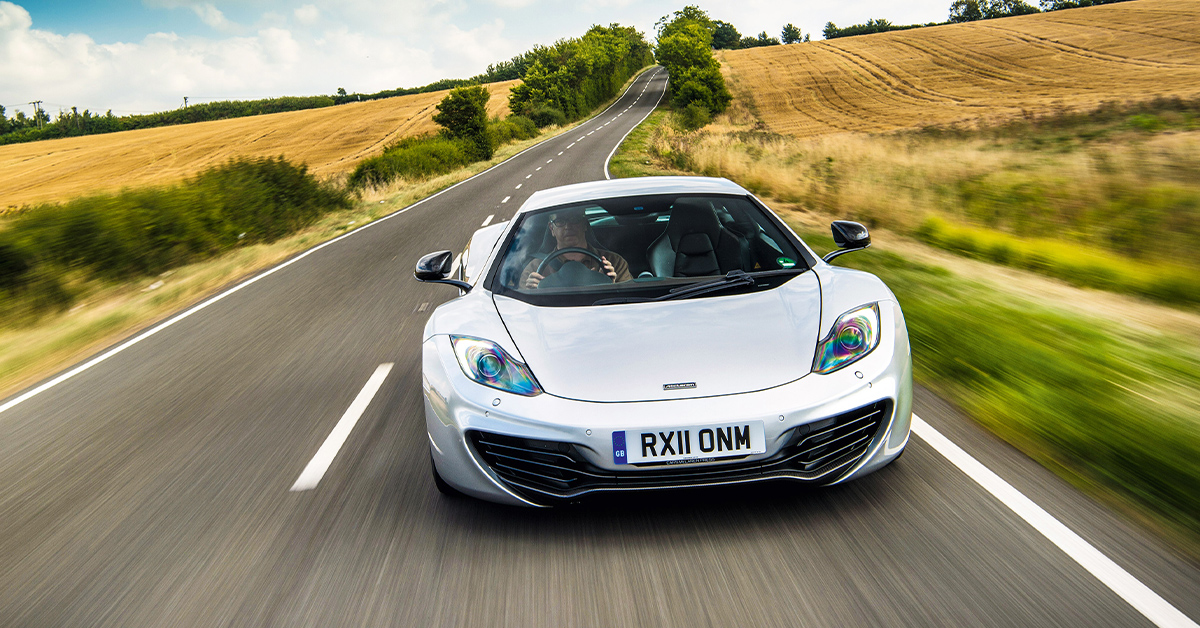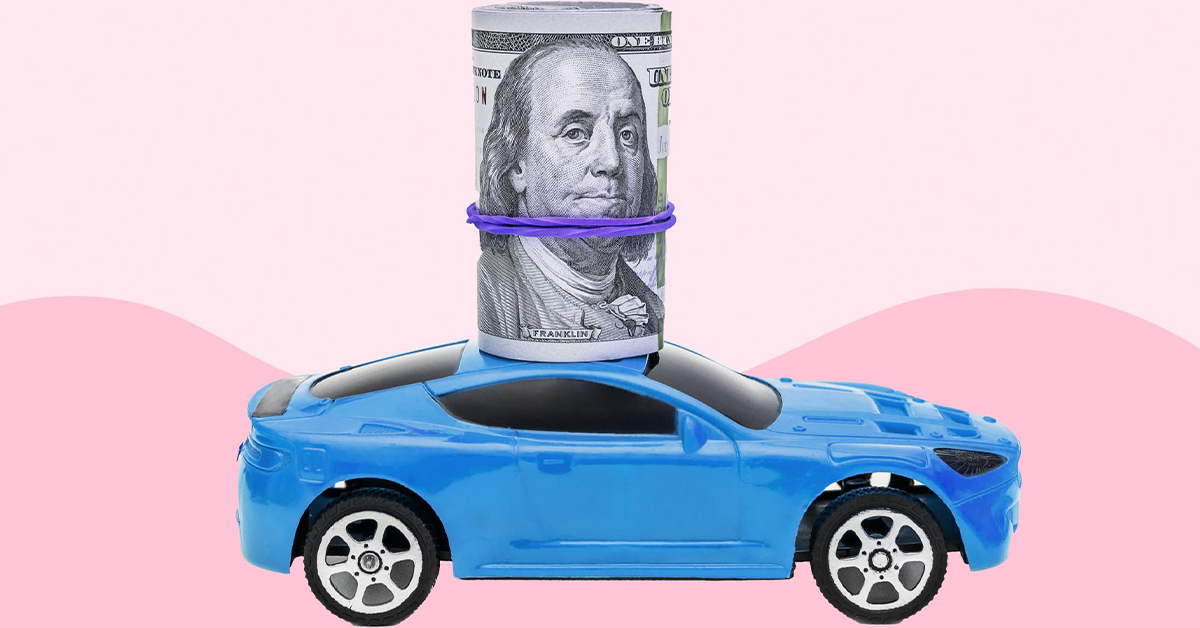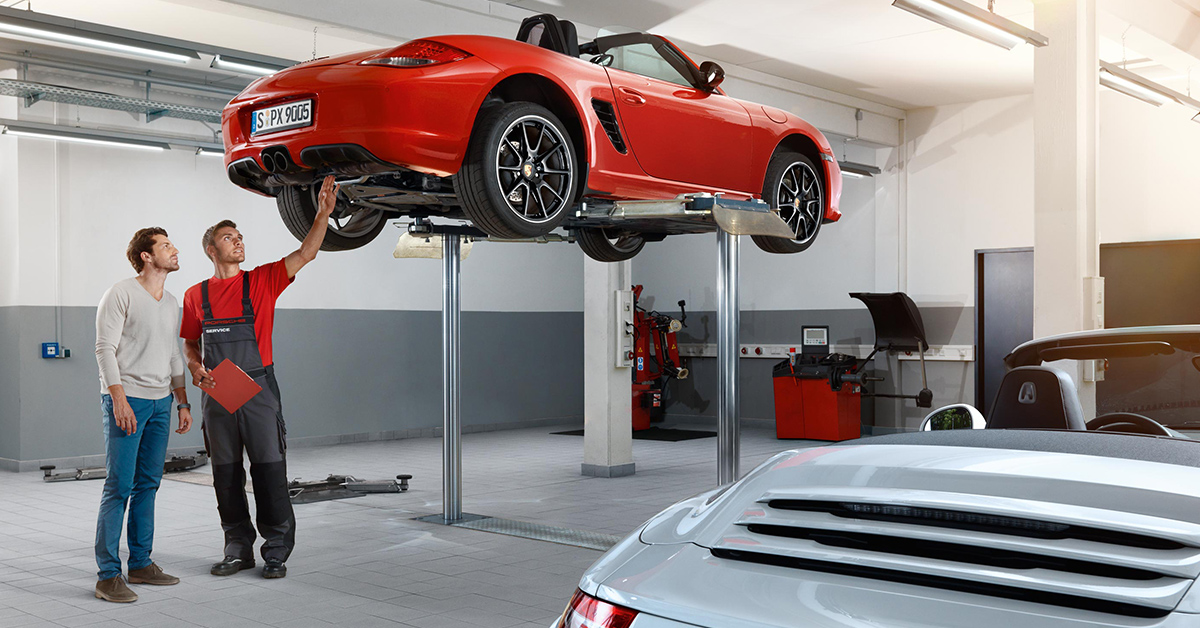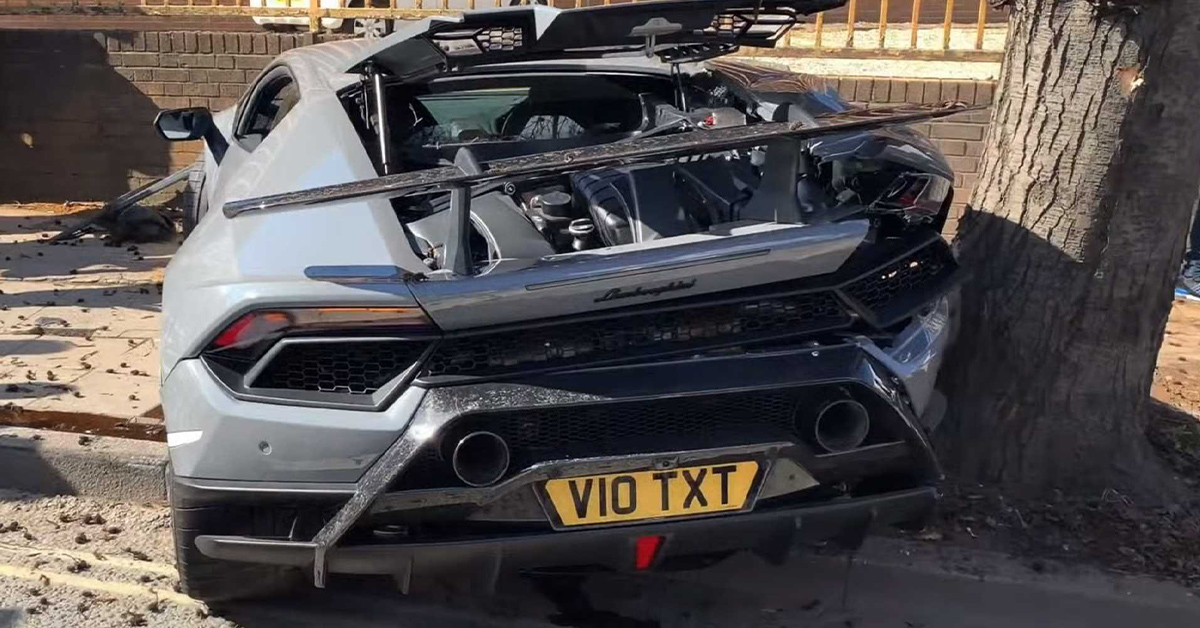This article is originally from supercars.net.
How inflation affects supercar industry? The variety of supercars is the broadest there’s ever been, and they’re also more expensive than ever. So, the depreciation of these cars in the current market is thorny for both the automakers and those who buy them.
Thanks to inflation and struggling supply chains, now it costs a lot more and takes longer to purchase a supercar. So, for instance, Lamborghini can charge buyers up to 100k on top of the sticker price in one of their models to speed up the delivery process.
The reason is that prospective owners are willing to spend extra cash to get their Lambos in months instead of the current waiting period, which could take up to a year or more. Another example is McLaren since it could cost you an extra 50 grand to get a Speedtail these days.
Nowadays, new exotics are selling out in days after launching. And the low supply of cars and parts leads to somewhat abnormal situations like with Porsche dealerships charging an extra 50K just to place a regular order for a 911 Turbo.
What Is Depreciation For High-End Sports Cars/Supercars Looking Like In The Current Market?
It’s no secret that most cars depreciate. Anyone that has owned a vehicle knows that both new and used cars lose their value over time. However, exotic cars typically depreciate faster and more significantly than other automotive segments.
One of the reasons that even the best high-end sports cars/supercars depreciate rapidly is because many owners choose to lease these cars for cash flow purposes. Then after three years, they would typically turn that vehicle in and get the latest version.
This situation means there is a below-average duration of ownership and higher turnover back into the used supercar market, thus downward pressuring values. In contrast, owners of “normal” cars would often hold on to their vehicles longer, meaning less supply in the used market, which helps slow down their depreciation.
Via Top Gear
According to iSeeCars, luxury sports cars depreciate the most because of their high retail prices, which must drop reasonably to attract financially savvy used car buyers. In addition, the massive cost of repairing and maintaining high-end sports cars/supercars is also a factor in the high depreciation rates in the current market.
For instance, while the average brand-new exotic car can lose between 40-50% of its original value over the first five years after leaving the dealership, some models depreciate even more.
Therefore, understanding depreciation can go a long way in giving a perspective on how the cost of ownership changes as inflation and market forces change market dynamics and how to consider and budget for ownership costs properly.
Via EVO
Are New And Used Supercars Shooting Up In Value?
With the costs of many raw materials soaring amid supply chain bottlenecks worldwide, many companies in various economic sectors, including the luxury car market, have been testing how high they can raise prices after the subdued inflation from pre-2020.
In addition, Russia’s invasion of Ukraine has worsened shortages, halting supplies of some car parts. Furthermore, China’s Covid-zero policy has crimped demand and added to the supply chain crisis.
Compared to prior years, automakers have significantly increased prices after a substantial rebound in demand, as a semiconductor shortage slowed down vehicle production worldwide. Still, the number of buyers looking for a new car exceeds the supply, causing new and used vehicles to shoot up in value.
For instance, BMW has reported that first-quarter profits raised 12 percent because of the increased demand for high-end cars. Likewise, Stellantis, formed by the merger of Fiat Chrysler and Peugeot, has also increased its profits because of the higher demand for new models from the group’s luxury brands such as Maserati, Alfa Romeo, and even Jeep.
Via Real Simple
How Do Rising Interest Rates Influence The Total Cost Of Ownership?
Along with the fact that the prices of new and used supercars have ballooned in the last two and a half years, nowadays, financing the purchase of one is getting more expensive. In fact, the auto industry has had its most significant interest rate hike in over 20 years.
With the Federal Reserve boosting a key interest rate by half a percentage point in early May 2022, borrowing costs poise to head higher on various consumer loans, including those for luxury cars.
According to recent data from the U.S. Bureau of Labor Statistics, consumers have been forced to cope with new-car prices surging over 12% year-over-year.
In addition, the average cost of used cars is 35.3% more than a year ago. This situation is mainly a consequence of the auto industry’s ongoing struggles with limited inventory resulting from the persistent semiconductor chip shortage.
Experts recommend using lease calculator tools to get a sense of borrowing costs. Then, as a fun exercise, you can compare those numbers against compound interest calculators to get a sense of the opportunity cost of ownership.
Via Porsche
Are Prices Rising In Car Parts And Maintenance Costs?
Current inflation exacerbates costs across many markets, and the automotive industry is no exception. Your buying power for car maintenance and repairs is not the same as six years ago. According to OfficialData.org, spending $1,000 today at the repair shop would’ve purchased $1,194.32 in 2016, almost a $200 difference. How inflation affects supercar is a burning question across the globe.
And since vehicles today are packed with advanced technologies, especially supercars, there is a particular emphasis on engineering research and development. However, there is a downside because the complexity of those features can be quite costly to repair or replace.
Back in the day, repairs involved replacing just the malfunctioning component, but nowadays, cars have several mini-computers comprising circuit boards and sensors. As a result, when a portion of the system fails, it often requires a specialized technician to troubleshoot, recalibrate or replace the entire system, thus increasing repair bills.
In addition, most automakers have patented parts that restrict aftermarket manufacturers from offering comparable replacement parts at a lower cost. This inevitability creates a monopoly that forces car owners to pay higher prices for replacement parts and service their cars in a certified dealer to avoid voiding their vehicle’s warranty.
Via Motor 1
Just as practically every productive sector in the world has been affected by pandemics and political decisions that have led to record inflation levels, it was almost inevitable that supercars would also get more expensive. So the question “How inflation affects supercar” is frequently asked in various forums.
Still, this post aims to give perspective on how the cost of ownership changes as inflation and market forces alter market dynamics without advocating for/against purchasing a luxury vehicle.
How inflation affects supercar industry is derived from the post What Inflation Looks Like for Supercars which appeared first on Supercars.net.
Thanks to the author in sportscars.net for this interesting article.

